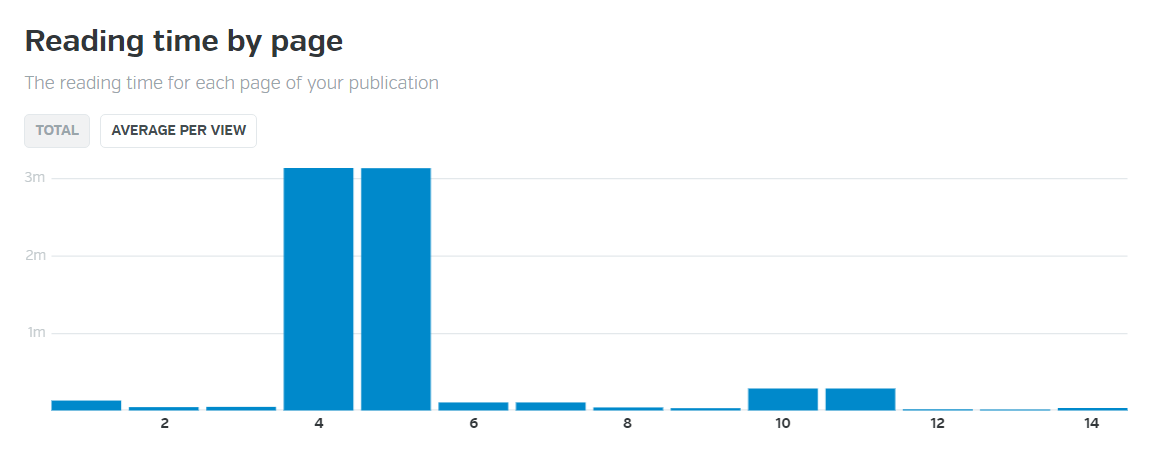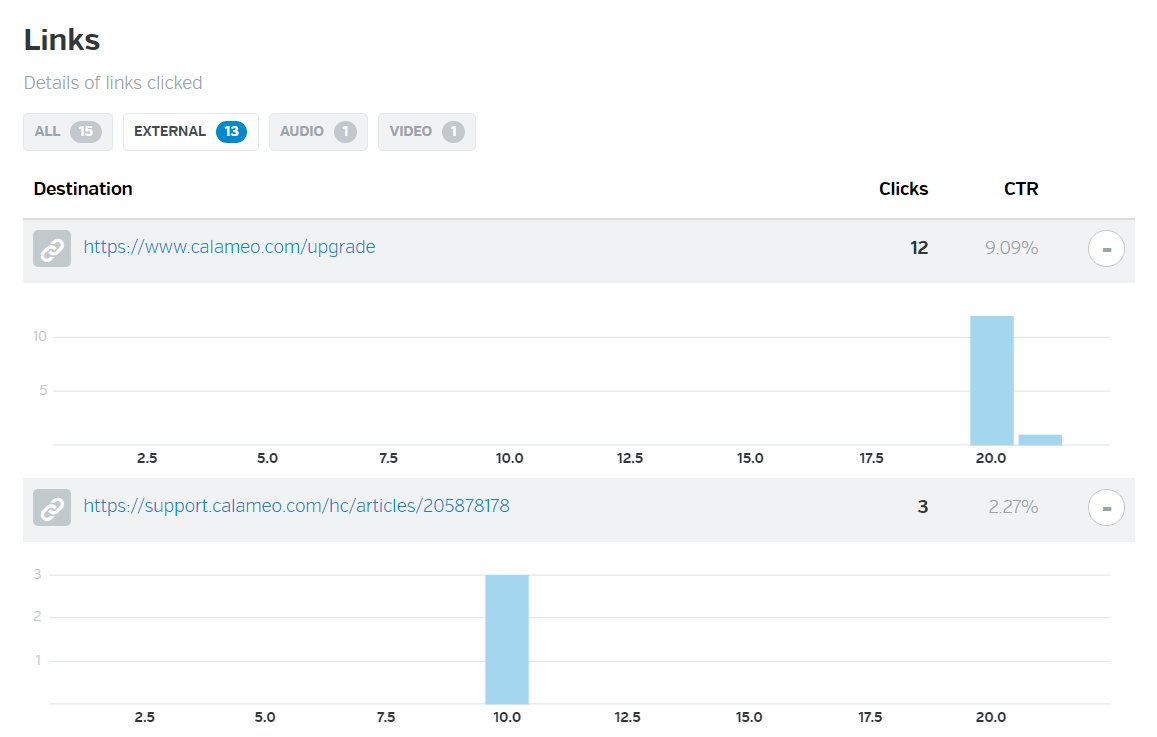As a real estate agent, you need content to attract customers and sell properties. By creating quality content, you can stand out from the competition and establish your expertise. In this article, we’ll discuss three ways to create content for real estate players.
Use quality photos and videos
Photos and videos are essential for selling a property. You need to ensure that photos and videos are of professional quality. This means using a quality camera and having a good command of angles and lighting. It’s also important to highlight the key features of the property for sale. Videos are an excellent way of showing potential customers all the details.
Create educational content
In addition to promoting properties, real estate agents can create educational content to establish their expertise. This can include blog posts on local real estate market trends, property buying guides or tips for sellers. Potential customers will appreciate educational content and be more inclined to trust you to guide them through the buying or selling process.
Publish on Calaméo
Calaméo is an excellent tool for real estate agents looking to create digital content. You can publish digital brochures to showcase properties, for example. These brochures can include photos and videos, as well as detailed property descriptions. What’s more, our EDITOR tool lets you add links and redirect your customers directly to your website. We also recommend using Calaméo to share white papers and educational articles about the real estate industry.
Conclusion
Creating quality content is essential for real estate agents. Professional-quality photos and videos are essential for selling a property. You also need to offer educational content to establish your position as an expert. Finally, Calaméo is an excellent tool for creating professional-quality digital content.






